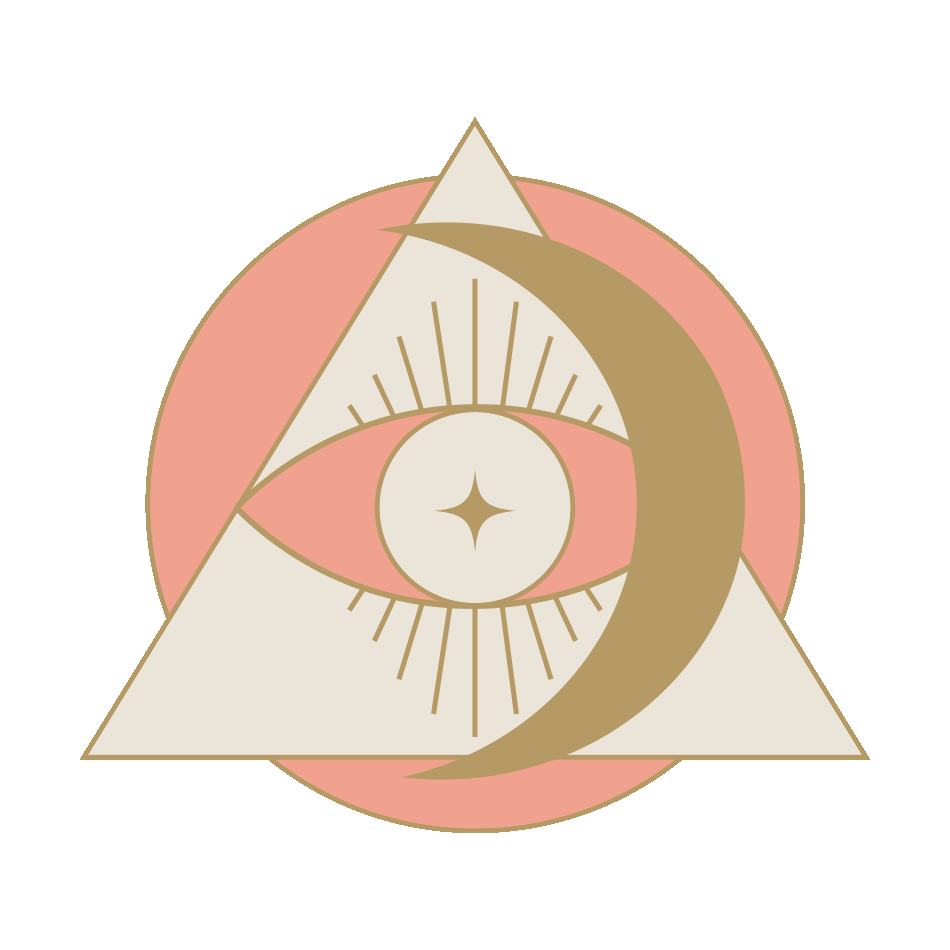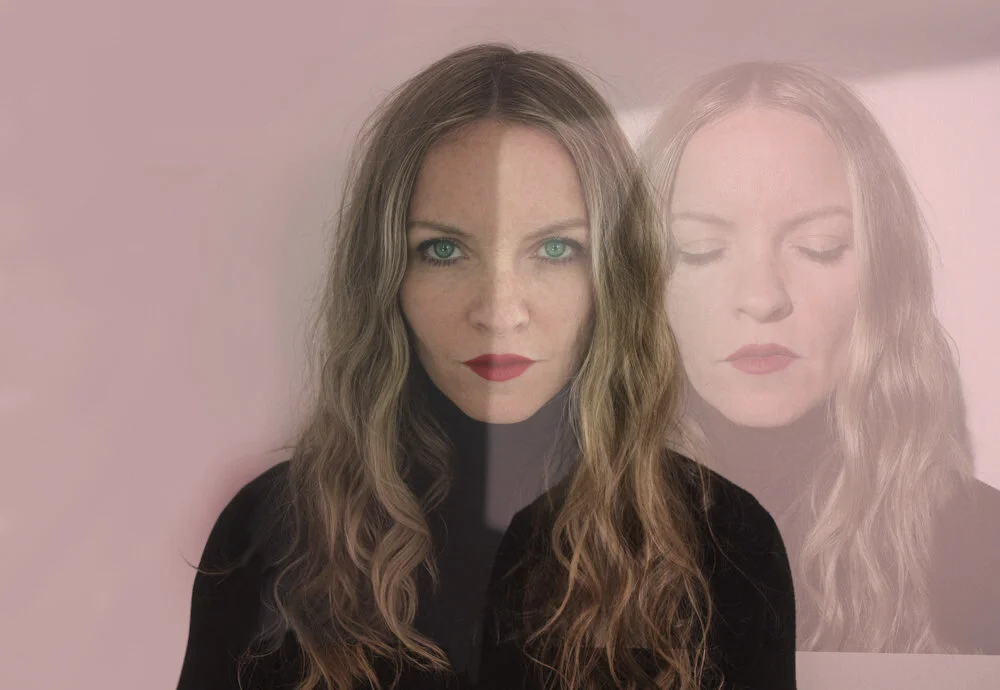Lucid Dreaming. In Conversation with Dream Guide Tree Carr
By Holly Westwood
Between films like Inception and the latest Netflix hit Behind her Eyes, Astral Projection, Out-of-Body-Experiences and Lucid Dreaming, three terms with similar, but different, meanings get thrown around together a fair amount these days and it can be difficult to know what's what. We spoke with Lucid Dreaming guide, death doula and author, Tree Carr to get the facts. Let’s start with the basics, the two terms come from different origins; Astral Projection out of the “belief-centric” Esoteric Arts and Out-of-Body-Experiences (OBE) from Parapsychology and Consciousness Research. Though differing in origin, Tree explains that “Astral projection and OBE are used interchangeably for the experience of a conscious disconnection of your consciousness from your corporeal body. The ‘self’, or centre of awareness, seems to temporarily occupy a position spatially remote from one’s body.” Accounts from people who have experienced Astral Projection and OBE seem to be somewhat varied, but generally include the feeling of floating up and outside of their bodies, while looking back and watching themselves from above. It also is reported to feel very real with the sense that this is physically happening to them. A person experiencing a lucid dream on the other hand is very much present in their mind and body. Tree describes this experience as someone becoming ‘conscious and aware that they are within a dream’. In other words, the Lucid Dreamer is someone who can manipulate and consciously control their dreams to their own desires. Sounds dreamy indeed…let’s uncover this dreaming phenomenon.
Going back to its origins, Dutch psychiatrist Frederik van Eeden is said to be the first person to coin the phrase, Lucid Dreaming, in 1913, but of course ancient practices have had their own version of this phenomenon for centuries. Ancient Egyptians are thought to have practised the technique as far back as 3000 BCE with Hieroglyphs of a bed and the single ‘awakening eye’ found next to each other. In ancient Greece, Philosopher Aristotle wrote about the practice as a new form of consciousness. Whilst on the other side of the world, lucid dreaming has been central to Hindu and Tibetan Buddhist yoga practices for over 2000 years. Despite its cultural presence, it wasn’t scientifically proven to exist until 1975 in a lab sleep study conducted by Dr. Keith Hearne.
Commonly, popular culture shows us that lucid dreaming is the power to change your surroundings and make the visions of your wildest imagination come true while sleeping. Fantasies like cliff diving over waterfalls in Hawaii then suddenly deciding to visit the Louvre and immediately finding yourself there, usually come to mind. But is it really that simple? Well, yes and no it turns out. Tree explains that while the dreamer is able to make conscious decisions about what they would like to do within their dreams, there are limitations.
“It is more of a co-creation than a control process. I see the dream as being alive and conscious in its own right. It is beyond ego desire and invites you to go beyond that construct.”
Tree tells of working with dreamers who were not able to control every aspect of the dream. Feeling the desire to fly, but not being able to get off of the ground or seeing another person in the dream but not being able to control their responses or reactions, for example. To work through these sorts of limitations, Tree recommends changing up your approach to your mental state. “Surrender and desire to learn rather than control,” she says, “ask the dream to show you something …it WILL show you something and it can be very revealing, profound and mind-blowing.”
Lucid dreaming is more than just fun, studies have shown these dreams can provide treatment for psychological issues like PTSD or anxiety. Used as a therapy in some instances, it has proven to be a successful practice for those needing to overcome chronic nightmares. They are said to increase creativity, resilience in the face of stress and evidence suggests scientists can gain insight into the illness schizophrenia through studying brain patterns during a dream. Tree theorises the benefits of this type of dreaming may go one step further, believing that it might even be the next stage in the development of our consciousness as a species. With its ability to aid in our “problem solving, creative insights and overcoming fears, traumas and self-limiting beliefs, perhaps future humans will be lucid dreaming every night”, she muses.
Looking into the science, researchers say lucid dreaming may be kind of a “between state” where you aren’t fully awake but not quite asleep, either. Some sleep scientists believe that lucid dreams may also happen just outside of REM sleep, which for a while was believed to be the only time when you dream. Though scientist’s don’t know exactly why it happens, studies have found structural differences in the brains of those of us who are able to lucid dream. The prefrontal cortex, the site responsible for our ability to make memories and decisions, is often bigger in those who spontaneously lucid dream, leading us to speculate that these people tend to be more self-reflective and take longer to make decisions.
Despite all we now know about this phenomenon, roughly only half of the general population are naturally prone to these types of dreams. However, on a positive note, Tree believes it is absolutely possible for everyone to achieve a lucid dream. According to her, lucid dreaming requires a brain, a consciousness and a dedicated practice, nothing more. “Consciousness is a muscle that needs to be trained and evolved”, she tells us, “the more conscious, aware and present you are in your waking life then the more chances you have of becoming conscious and aware within a dream.”
If you want to experience a lucid dream yourself, we suggest easing in by incorporating things like Tarot, Astrology, and bedtime rituals into your daily life. “Tarot and Astrology are tools that are intrinsically linked to the wider system of the unconscious mind, layers of self, psyche and universal archetypes,” says Tree, “these themes play heavily in dreaming.” Perhaps begin your own journey with a tarot reading to start you off on the right foot. Or if you’re ready to jump straight in, book a private lucid dreaming session with Tree herself.
Sweet dreams zzz
Connect with Tree Carr over on Instagram, her latest book Conscious Dreamer, is available 18th May. If you feel called to go deeper Tree is is hosting a 6 week Lucid Dreaming course starting today 28th March on Full Moon no less.





